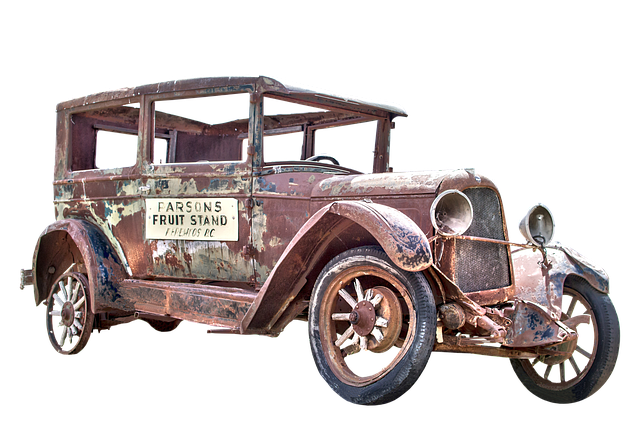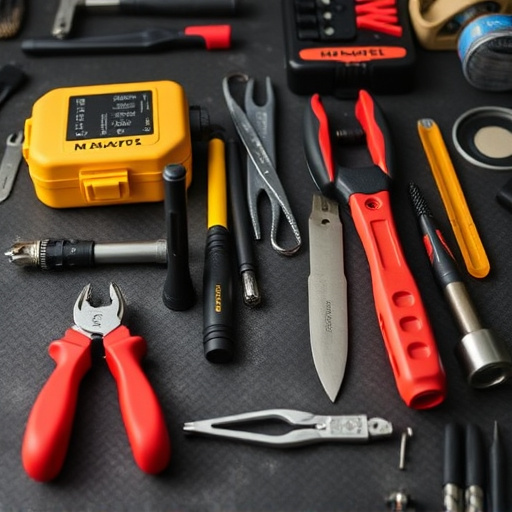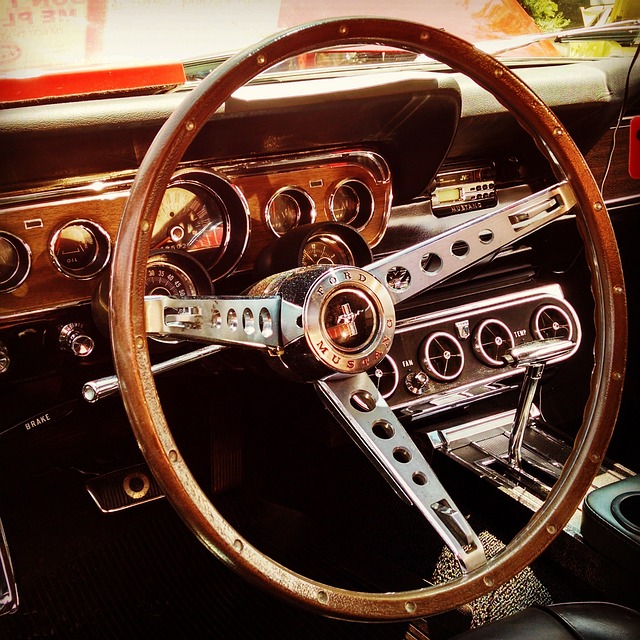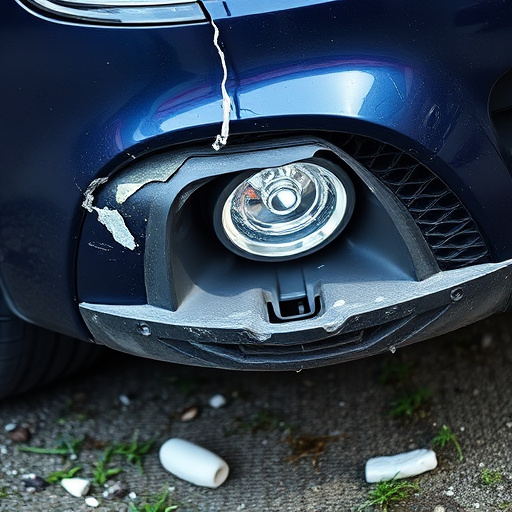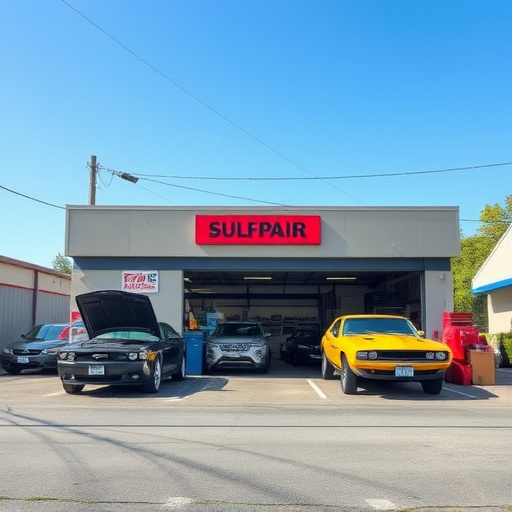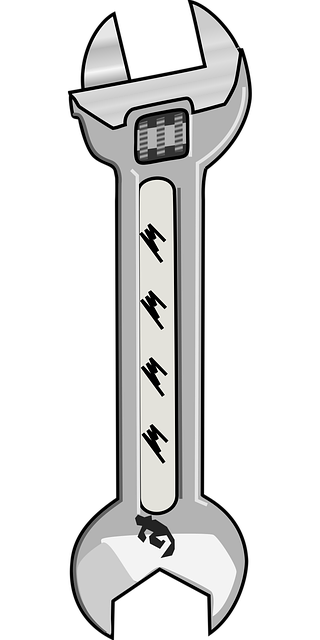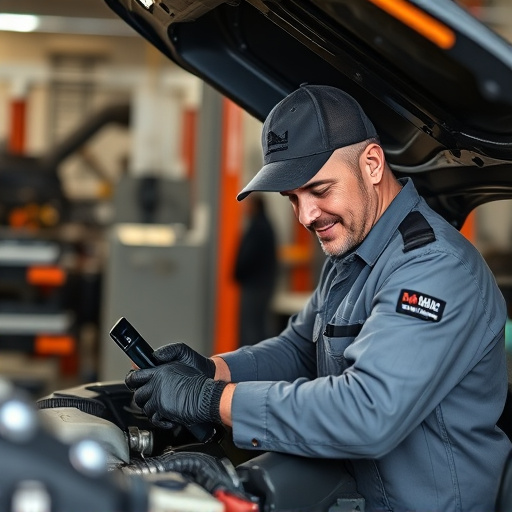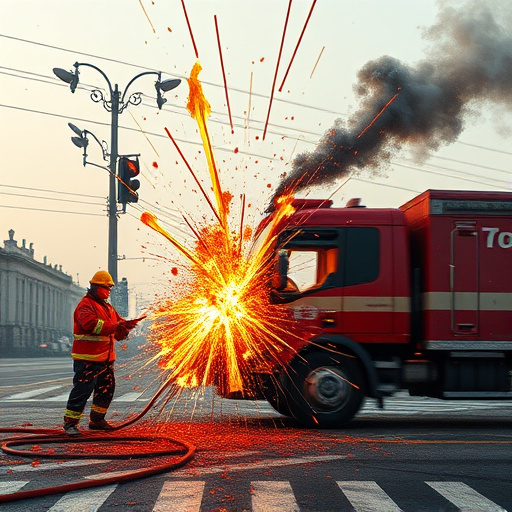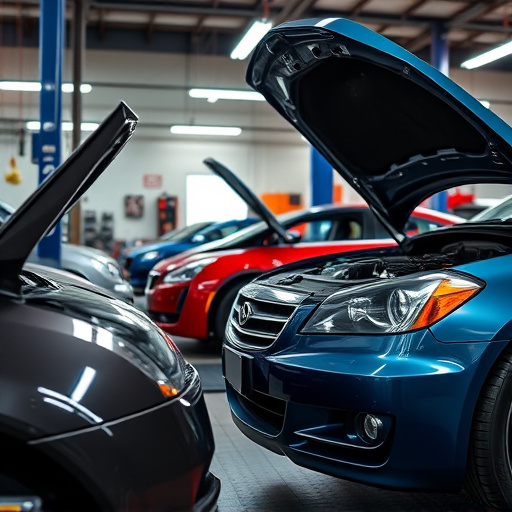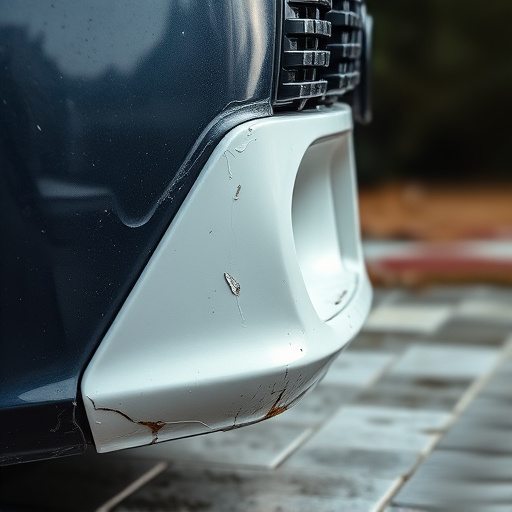In automotive refinishing, surface preparation is a crucial step that involves thorough cleaning and sanding using specialized tools to remove contaminants, debris, and imperfections. This meticulous process, which includes deburring, ensures optimal paint adhesion, creates a seamless transition between old and new surfaces, and enhances aesthetics while guarantying long-lasting protection. Proper surface preparation is vital for both minor cosmetic work and extensive auto collision repair services.
In the world of automotive refinishing, achieving a flawless finish requires meticulous attention to detail at every stage. This comprehensive guide delves into the best practices that technicians swear by for exceptional results. From preparing the surface, where understanding deburring and sanding techniques along with removing contaminants is key, to mastering paint application for even coverage, this article covers it all. Discover the art of priming, essential for a solid foundation, and explore the right tools, techniques, and considerations for automotive refinishing perfection.
- Preparing the Surface: Ensuring a Smooth Foundation
- – Understanding surface preparation techniques
- – Essential tools and equipment for deburring and sanding
Preparing the Surface: Ensuring a Smooth Foundation
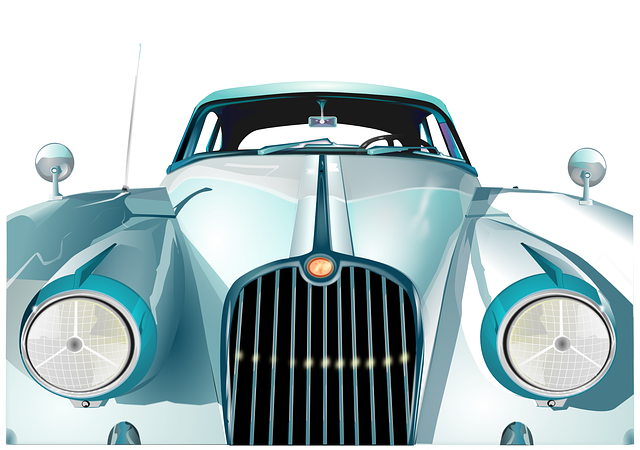
Preparing the surface is a crucial step in automotive refinishing, setting the stage for a flawless final product. Before applying any paint or coating, technicians must meticulously prepare the vehicle’s body to ensure a smooth and even foundation. This involves thorough cleaning to remove dirt, grease, and existing debris, using specialized cleaners and degreasers to achieve optimal results.
The next critical phase is sanding, which helps to roughen the surface slightly, allowing for better paint adhesion. Auto body restoration experts carefully select the appropriate grit of sandpaper, taking into account the type of material and the desired finish. This meticulous process prepares the vehicle’s body, addressing any imperfections like scratches or bumps, ensuring a seamless transition between the old and new surfaces, and ultimately contributing to the longevity of the refinished auto body repair.
– Understanding surface preparation techniques

In automotive refinishing, surface preparation is a critical step that forms the foundation for achieving flawless results. It involves meticulous techniques to ensure the removal of any contaminants, debris, and damaged materials from the vehicle’s surface. This process begins with careful cleaning, often using specialized solvents or detergents, to eliminate grease, dirt, and wax residues. The next stage may include sanding or scraping to address scratches, dents, or previous repair sites, ensuring a smooth canvas for new coatings.
Proper surface preparation is essential in both minor cosmetic work and extensive vehicle collision repair services. Auto collision repair technicians employ various tools like power sanders, hand tools, and specialized equipment to achieve the desired finish. This meticulous approach not only enhances aesthetics but also guarantees that the final refinish adheres properly, ensuring longevity and protecting the vehicle from future damage.
– Essential tools and equipment for deburring and sanding
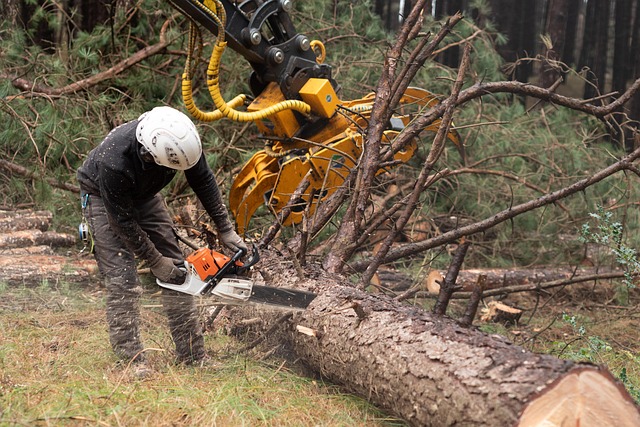
In automotive refinishing, achieving a smooth and flawless finish requires the right tools for deburring and sanding. Essential equipment includes random orbit sanders, which offer versatility and efficiency in removing imperfections from car bodies. These sanders can tackle various surfaces and contours, making them indispensable for both minor repairs, like bumper restoration, and comprehensive auto body services. Additionally, technicians rely on hand sanders for precise work around tight corners and hard-to-reach areas.
Deburring tools, such as metal deburring tools and wire brushes, are crucial for smoothing out rough edges left by cutting or welding processes. These tools ensure that the final finish is free from unsightly burrs, enhancing the overall aesthetics of the restored car body. Effective sanding practices not only prepare the surface for painting but also contribute to the longevity of the automotive refinishing job, ensuring a durable and visually appealing result.
Automotive refinishing is an art that requires precision and adherence to best practices. By mastering surface preparation, using the right tools, and employing effective sanding techniques, technicians can ensure a smooth, high-quality foundation for any paint job. These practices not only enhance the aesthetics of vehicles but also guarantee durability, making every refinned car a testament to the technician’s skill and dedication.


